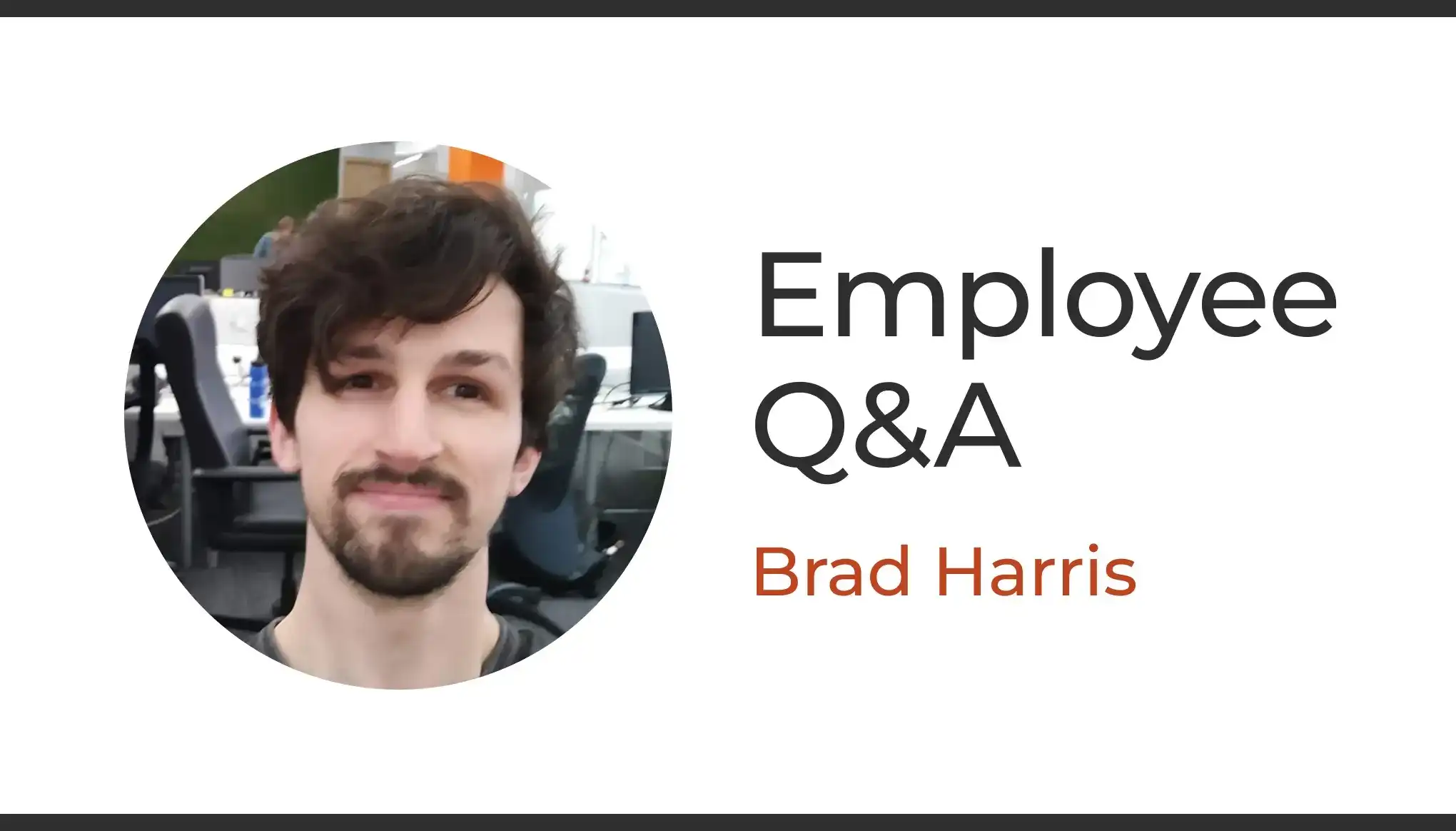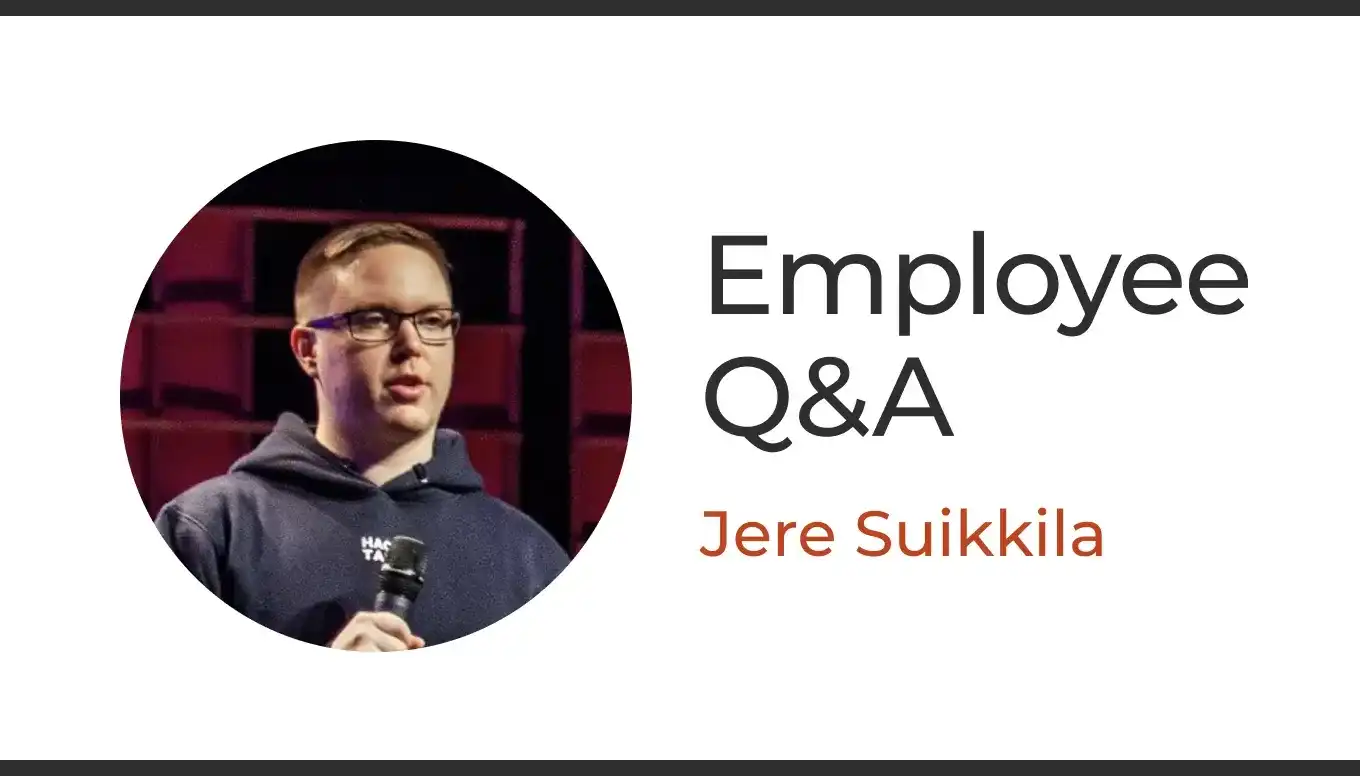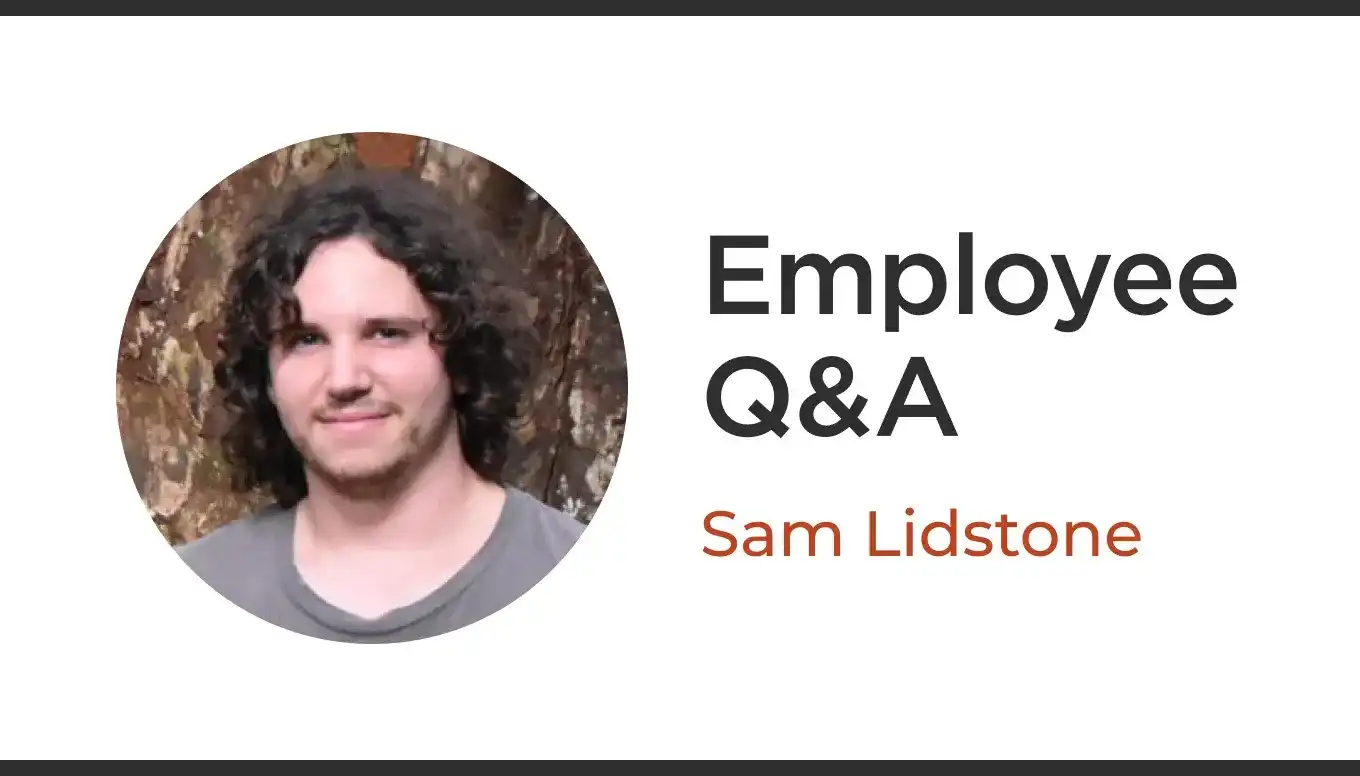Today we’re chatting with Claudio, the Head of Design at Mappedin. We discuss how he got started in design, the importance of gaining hands-on experience, and what makes a great product designer. Claudio, thank you for chatting with me.
To start off, can you tell us about your current role at Mappedin?
My role is Head of Design at Mappedin. My job is to make sure that we’re building great products that are easy and enjoyable to use. This distinction is important because making a functional thing and making a functional thing that people love using are worlds apart. Our team figures out what it will take to build a product that people will love using, which we also visualize and validate.
How did you get started in design?
I fell into it. I had a startup with a friend and while interfacing with clients, I found myself trying to solve their problems, figure out what they need, and create mockups for them. All of a sudden, I was doing things in design that I didn’t know much about.
Fast forward a couple years, there was a job in design that came up at Sun Life that I decided to apply for. I got the job, and spent the next six years learning about the profession and doing all kinds of things in the world of design.
How important do you think hands-on experience plays in forming a career in design?
I have a business degree, so I don’t have a formal background in design; I learned by getting hands-on experience in the field. Product design specifically is less about artistic skill and more about problem solving & having empathy for users that you can translate into what a product should do for them. If you’re able to imagine how people might be using your product or what they might be thinking and feeling, you can become a designer.
Visualizing a product consists of various degrees of skill. Some designers have the strength in creating aesthetically beautiful things, whereas others have the ability to do deep research and think about workflow, what steps to take and why, and discover what the real problem is. There’s a large spectrum in product design, it’s not just about what a product looks like.
What qualities or skills do you think are important for a product designer to have?
Empathy, problem solving skills, and research. I say empathy because it’s the best way that I can describe it; it’s the ability to think about someone else’s perspective and adjust your design or solution to fit what they’re looking for. I think as a designer you should find out what the user needs, who they are, what they do, and put them into the design. When you’re saying “here’s how our product should look and work,” it should be supported by the end-user, not just your creative idea as a designer.
The ability to figure out what you don’t know but need to know is really important in design. Whether that’s by interviewing people, determining the best way to ask questions, or coming up with a test that you can put in front of someone and say “what would you do?”. The answers enable you to design a better product. Of course, in our field, it also helps if you’re up-to-date with technology and what’s possible.
Finally, it certainly doesn’t hurt if you do have classical design training on best practices or specialized skill sets. For instance, you might be an expert in typography and know the differences between certain fonts and why they matter, and apply this knowledge to your work. As I’ve mentioned, “design” is a very broad term so the key is to know where your skill and interest is. I have yet to meet a designer that has mastery in all of its sub-specialties. Which is ok, that’s why we have design teams.
What are some special considerations you have to make when designing products in our industry?
One thing we always have to consider is how to balance flexibility with simplicity. In our industry, we support all types of buildings, and they can be very different. For instance, a stadium is very different from an office tower, which is also very different from a mall. We have to keep these differences in mind when we’re designing something.
Our products, while digital, are also tied to the physical world. We have to consider what is useful and helpful information in a digital context, compared to what is noise.
Accessibility is another important consideration. We need to do the best we can to accommodate individuals with accessibility needs. For instance, Graham, the Senior Product Designer at Mappedin, considered the height of where buttons appear on a digital directory to ensure that someone in a wheelchair would be able to use it for wayfinding. This is really important to us. We want to digitize the indoors so that people, regardless of their needs, can better enjoy and use indoor spaces.
What design considerations are unique to Mappedin?
A special consideration unique to Mappedin is on the mapping side. As a designer, you’re always mindful of the mapping process and how things get digitized. There’s a lot of knowledge on the Mapping team and they do a lot of work to digitize the indoors and make the resulting indoor maps accurate and beautiful. As a product designer, it’s part of the process to consider how something might affect our Mapping team.
Let’s say we wanted to render stairs perfectly modeled in 3D. Well, how is the mapper going to map stairs in 3D? We might decide that we don’t want to do that, and it’s best to put an icon where the stairs are located instead. Having an appreciation for architecture and how things actually get digitized is part of being a designer at Mappedin.
Part of our product is used by clients, whereas our pre-built applications are used by someone like the everyday shopper. Who do you get user feedback from? The end-user or the client?
This is another very important consideration. We sometimes have competing needs between what might be really great for an end-user experience and what might be great for someone running a mall, for example.
Ultimately we consider the end-user and the client feedback. It’s on us to find solutions that can work well for both. We typically start with optimizing for the end-user and see if there’s any customer need that is left unmet.
How would you describe Mappedin’s culture and team environment?
Really positive. At Mappedin, everyone is helpful, collaborative, and welcoming. In my one and a half years at Mappedin, if I’ve ever needed anything from anyone, I’ve never been turned down. Everyone makes time, including those that are incredibly busy. Playing for the team is one of our company values and I can say from experience that it holds true.
Also, if you have the desire to experiment or try something new, Mappedin encourages you and helps you do it. New ideas are always appreciated; we have plenty of autonomy and very little “red-tape.” It's very refreshing.
Interested in working with us? Check out our Careers page for all open roles, or send an email to our recruitment team at careers@mappedin.ca.
Tagged In
Share


